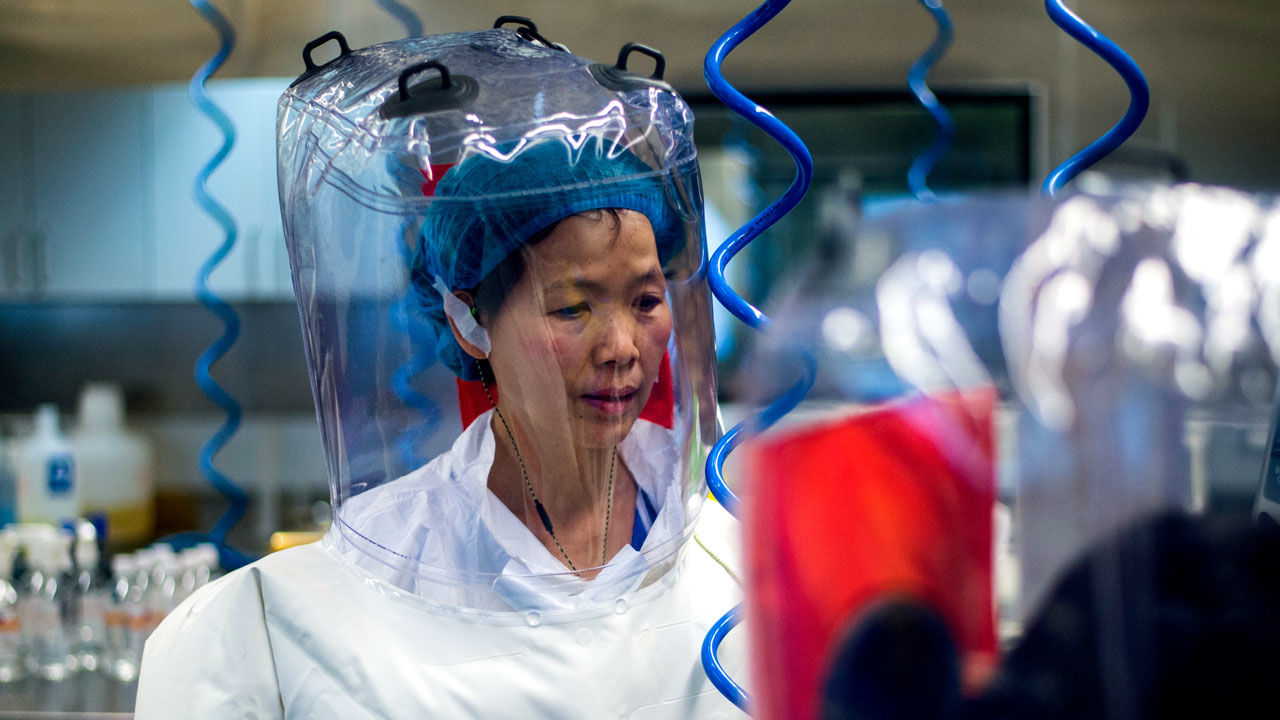
When the novel coronavirus hit, virologists were at the forefront of unraveling the mysteries of the virus and guide a scientific fight against it.
However, one was thrust into the spotlight, not because of her work achievement, but because what she does – studying bat coronaviruses – has made her lab a target of conspiracy theories.
Her name is Shi Zhengli, a Chinese virologist at Wuhan Institute of Virology (WIV), who has been studying viruses over the past 15 years and identified dozens of deadly SARS-like viruses in bat caves.
A conspiracy theory widely promoted by U.S. President Donald Trump is that the novel coronavirus that causes COVID-19 escaped from her lab. An even more absurd speculation is the virus was engineered in a lab, which has been refuted and condemned by scientists worldwide.
For the first time, Science magazine has spoken to Shi and asked her about the origin of the virus and her research. She emailed them answers to all the queries on July 15, and they are available here in full.
"U.S. President Trump's claim that SARS-CoV-2 was leaked from our institute totally contradicts the facts," Shi said. "It jeopardizes and affects our academic work and personal life. He owes us an apology."

Screenshot from the website of Science
Screenshot from the website of Science
Major facts provided by Shi
Samples from patients who had a pneumonia of unknown causes were sent to her institute for test on December 30, 2019. "Before that, we had never been in contact with or studied this virus, nor did we know of its existence," Shi wrote.
"Subsequently, we rapidly conducted research in parallel with other domestic institutions, and quickly identified the pathogen," she wrote.
When the rumor that the virus was leaked from her lab started to circulate, Shi actually went through her own lab's records from the past few years to check for any mishandling of experimental materials, especially during disposal, she said in a Scientific American profile in March. And none of the bat virus sequences from her lab closely matched SARS-CoV-2, she said.
WIV has identified hundreds of bat viruses over the years, but nothing close to SARS-CoV-2, she said.
Recently, much speculation has centered on RaTG13, a bat virus that most closely resembles SARS-CoV-2. However, differences in the sequences of the two viruses suggest they diverged from a common ancestor somewhere between 20 and 70 years ago. Besides, her lab never cultured RaTG13, making an accident far less likely, she noted.
Their research meets strict biosafety rules, she said, and the lab is subject to periodic inspections "by a third-party institution authorized by the government."
Antibody tests have shown that no members of the institute staff or students were infected with SARS-CoV-2 or SARS-related viruses.
Reviews from international peers on Shi's responses
Shi's answers have also been shared by Science with several leading researchers in other countries.
Daniel Lucey of Georgetown University, an epidemic specialist who blogs about SARS-CoV-2 origin issues, says it's a "big contribution." "There are a lot of new facts that I wasn't aware of. It's very exciting to hear this directly from her."
"They're all logical, genuine, and stick to the science as one would have expected from a world-class scientist and one of the leading experts on coronaviruses," says evolutionary biologist Kristian Andersen of Scripps Research.
Edward Holmes, an evolutionary biologist at the University of Sydney, says the answers are "a clear, comprehensive, and believable account" of what occurred at WIV.
Shi is a researcher who "is extremely driven to produce high-quality work. She will go out in the field, and gets involved in the work, but her real skills are in the lab, and she's one of the best I've worked with in China, probably globally," said Peter Daszak of the EcoHealth Alliance, who has worked with Shi for more than 15 years.
Shi on virus origin
Although unsure about the origin of the novel coronavirus, Shi believes it originated in bats and jumped to humans directly or via an intermediate host.
Many of the first identified COVID-19 cases had links to the Huanan Seafood Wholesale Market in Wuhan. However, two studies released in late January showed that up to 45 percent of the first confirmed patients didn't have any ties to the market, said Science.
"The Huanan Seafood Market may just be a crowded location where a cluster of early novel coronavirus patients were found," Shi agreed.
She wrote to Science that researchers from WIV and Huazhong Agricultural University didn't find the virus in samples from farmed animals and livestock taken around Wuhan and in other places in Hubei Province.
The expert added that the bat coronavirus, which is similar to SARS-COV-2, has never been found in Hubei, leading her to believe that animal-to-human transmission occurred elsewhere.
(Cover: Shi Zhengli, one of the world's leading bat coronavirus researchers, trains staff at Wuhan Institute of Virology on how to safely work in their new biosafety level 4 laboratory in 2017. /Getty)